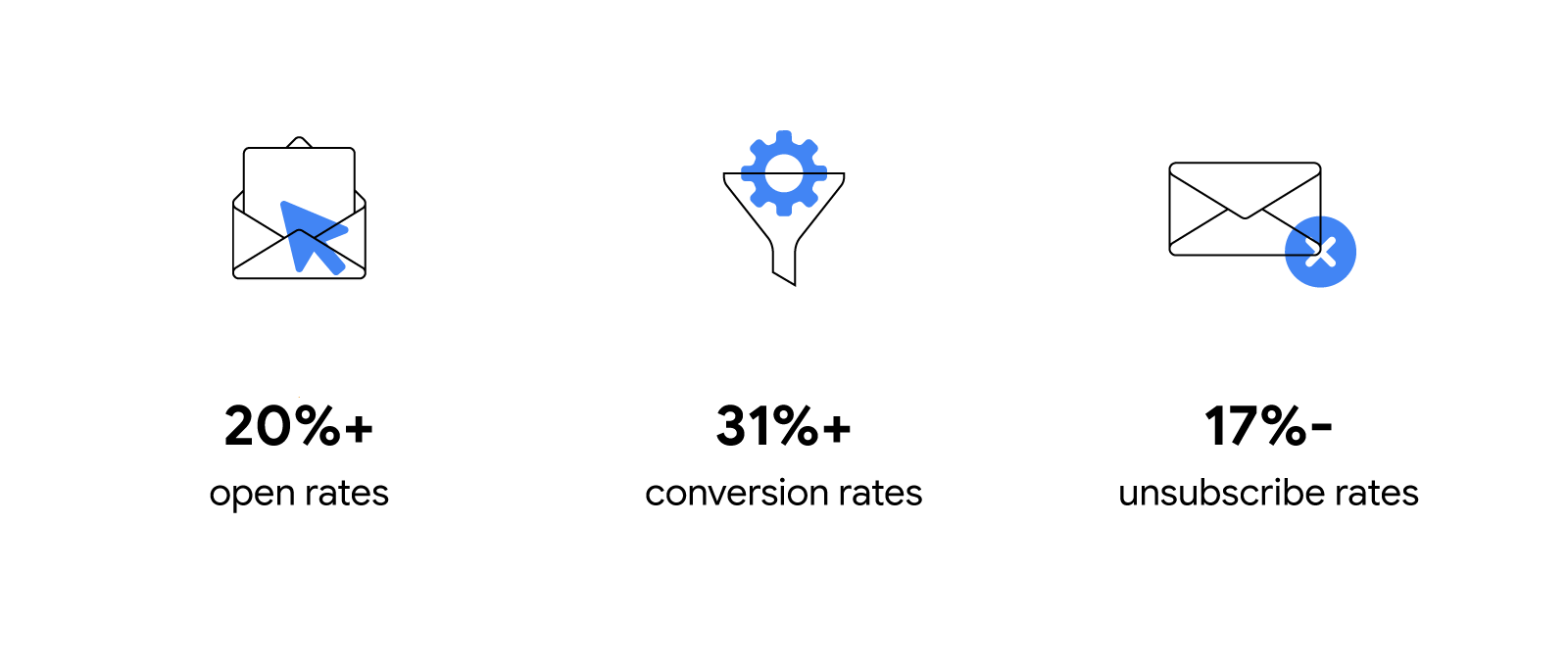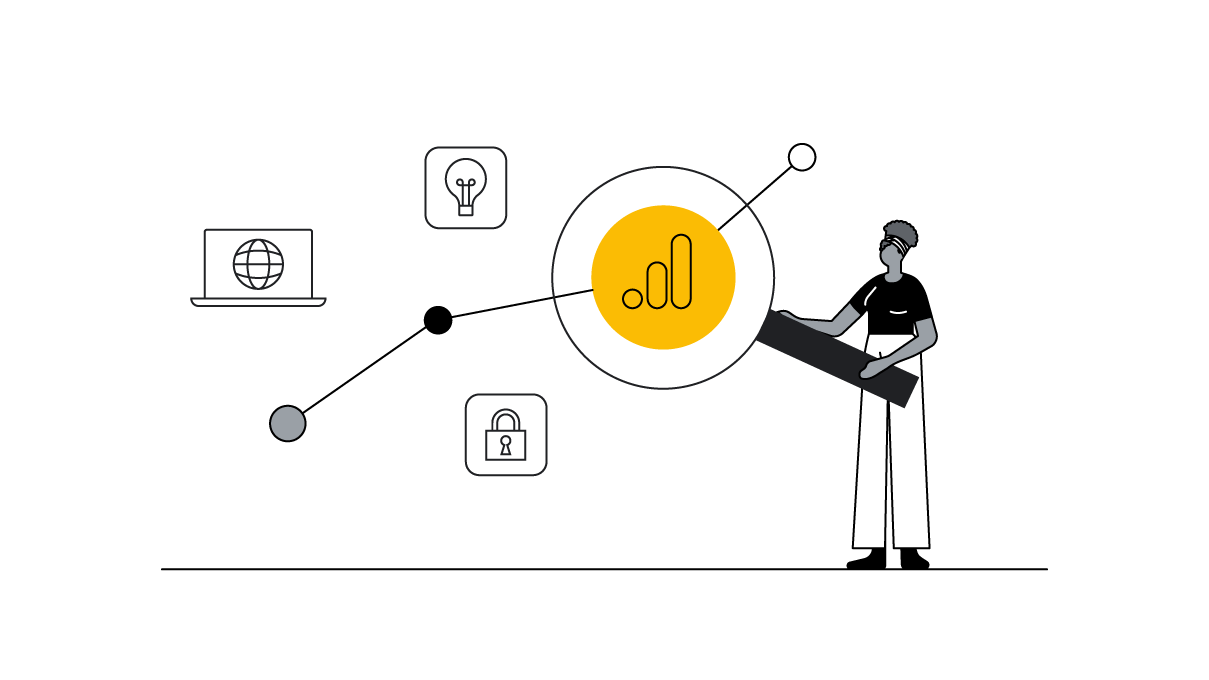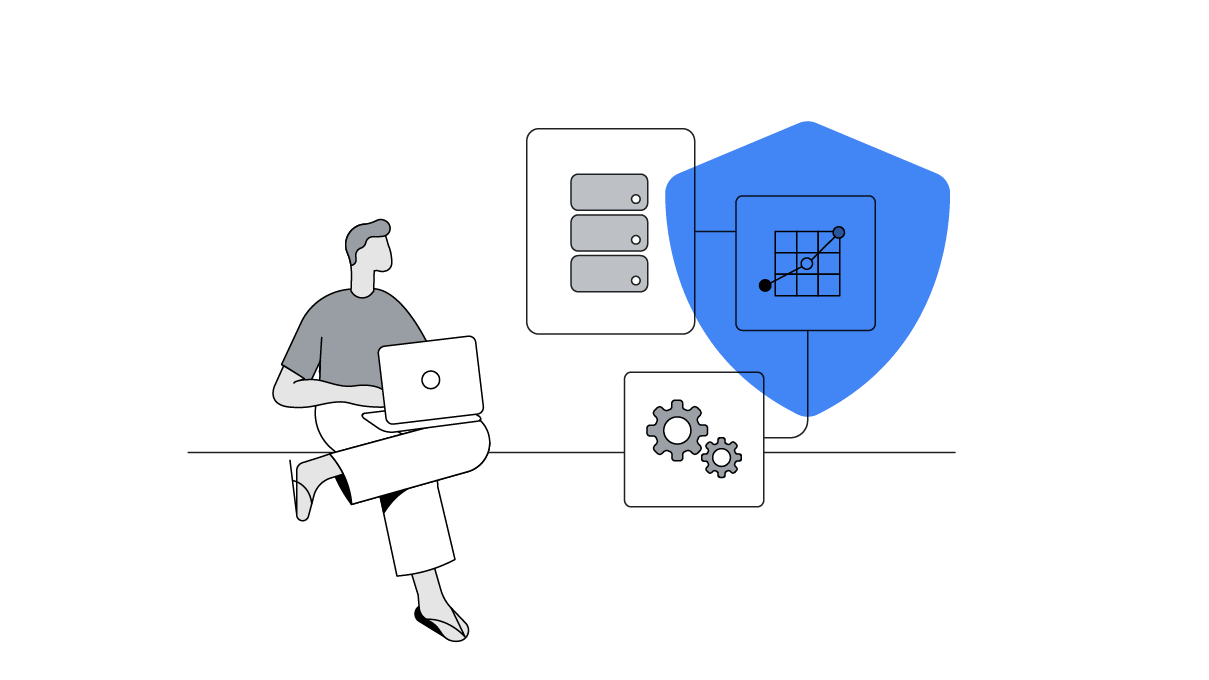As Google’s chief marketing measurement evangelist, Neil Hoyne has spent years studying the technical aspects of measurement and how to strengthen the analytical cultures at world-leading organizations. He recently published “Converted: The Data-Driven Way to Win Customers’ Hearts” to help marketers build better relationships with consumers. Here’s an adapted excerpt from his book.
In U.S. politics, bribing is not allowed — at least not publicly. For years lobbyists would win time with elected officials by taking them out for dinner. Offer them a free, dry-aged rib eye, and their attention was yours for the next few hours — a cozy arrangement that led to a glut of steakhouses within a few blocks of the Capitol.
In 2007, Congress was compelled to act. The only question was how. You could say no dinners, but then they’d just do lunch. No lunch? Breakfast. What about hors d’oeuvres? Aha!
The result was known by its friends as the “toothpick rule.” While meals were out altogether, an exception was carved out for “food that you have to eat standing up using a toothpick.”1 Lawyers actually have a slightly stricter interpretation of the rules — “nothing greater than 1 inch by 1 inch in size” and, my personal favorite, “self-supporting.”
Too many companies get stuck when developing a new program, a new strategy, or a new interpretation of data.
You know where this is headed. There’s now an entire industry of people, a “toothpick industry,” dedicated to finding different ways to work with and bend the rules. “We had to get very clever with food-delivery devices that [held items] substantive enough so that if somebody ate enough of them, it could make up a full meal,” said Mark Michael of Occasions Caterers. Over the years, this has included 40 kinds of sticks, from meat skewers to bamboo spears to dessert lollipops.2
It’s absurd, right? Until you take a step back and think about the original intention of the rule: The goal was to reduce lobbyist influence on politicians. They were going out to too many dinners. Based on that objective alone, did it work? Yes. It did what it set out to do. We’ve gone from three-hour steak dinners to cubes on a toothpick. Is it perfect? Absolutely not. But it’s a step forward. It’s progress.
Some imperfect measurement is better than nothing
What does the toothpick rule have to do with marketing measurement? It’s about starting somewhere, even if it’s small. Too many companies get stuck when developing a new program, a new strategy, or a new interpretation of data. They want everything to be perfect. They get lost in all the reasons they think it won’t work or is incomplete. They don’t move forward until the data sparkles, until it’s collected with no bias, until the models are proven and validated in every possible condition. So they do nothing at all.
This is where startups stand out. Most are comfortable knowing they don’t have all the data, all the answers. They’re not supposed to. They’re scrappy, they’re underfunded, they’re working out of someone’s garage. And they’re OK with it. They just need to keep moving until they prove the viability of their business. They’ll take the 90% solution — and so will the best businesses in the world.
How to make progress: Think small
If you’re thinking this is easier said than done, take a deep breath. Lower your expectations. Seek progress, not perfection. Trust that small, iterative changes will lead you forward. Pick something small to change, measure it, and iterate. Don’t believe me? Here are a few examples.
Instead of trying to build an ideal personalization strategy, simply adding someone’s first name to the subject line of your email marketing campaigns can increase open rates by 20%, conversion rates by 31%, and reduce unsubscribe rates by 17%.3
How adding first names to subject lines improves email campaign metrics

While many companies engage in lengthy debates about the size and structure of their loyalty programs, one company found that simply the presence of a “spend $X, get $Y back” incentive contributed to an increase in customer lifetime value (CLV) of participating customers by 29%. Surprisingly, only 2% of customers ever redeemed a reward, suggesting psychological factors drove the improvement more than economic ones.4
Simply adding a new question to your customer satisfaction survey can drive meaningful change in consumer behavior. By asking “What did you particularly like about our product?”, one retailer found an 8% improvement in CLV, while a B2B software company recognized a 33% improvement in converting customers from their free to trial product.5
Focus on small improvements in your marketing
As soon as the powers that be imposed the toothpick rule, it became clear that more work needed to be done. A rule intended to stop lobbyists from buying lawmakers big, juicy steaks did its job — but then the industry adapted. Now the powers that be need to do the same.
A lot of marketers try to find perfect solutions to their problems, which actually impedes their progress. If they’d have been trying to bring the lobbyists’ steakhouse strategy under control, they wouldn’t have rolled out a new piece of legislation until they were sure they had closed every loophole. This mindset underestimates the impact of small changes.
A lot of marketers try to find perfect solutions to their problems, which actually impedes their progress.
An imperfect step is less attractive, less transformative. But the truth is that big fixes are few and far between. It’s more productive to focus on what you can do each day to make your marketing practices slightly better. These modest improvements add up — but they’re the sort of improvements that many marketers ignore in favor of chasing the big solution, which will never come.
For more of Neil Hoyne’s approach to marketing, check out his book.







